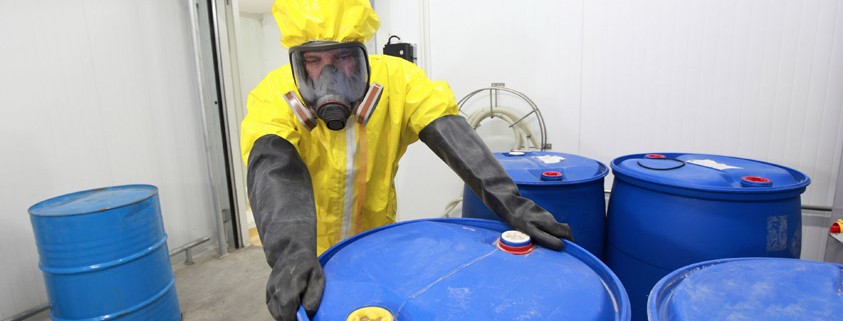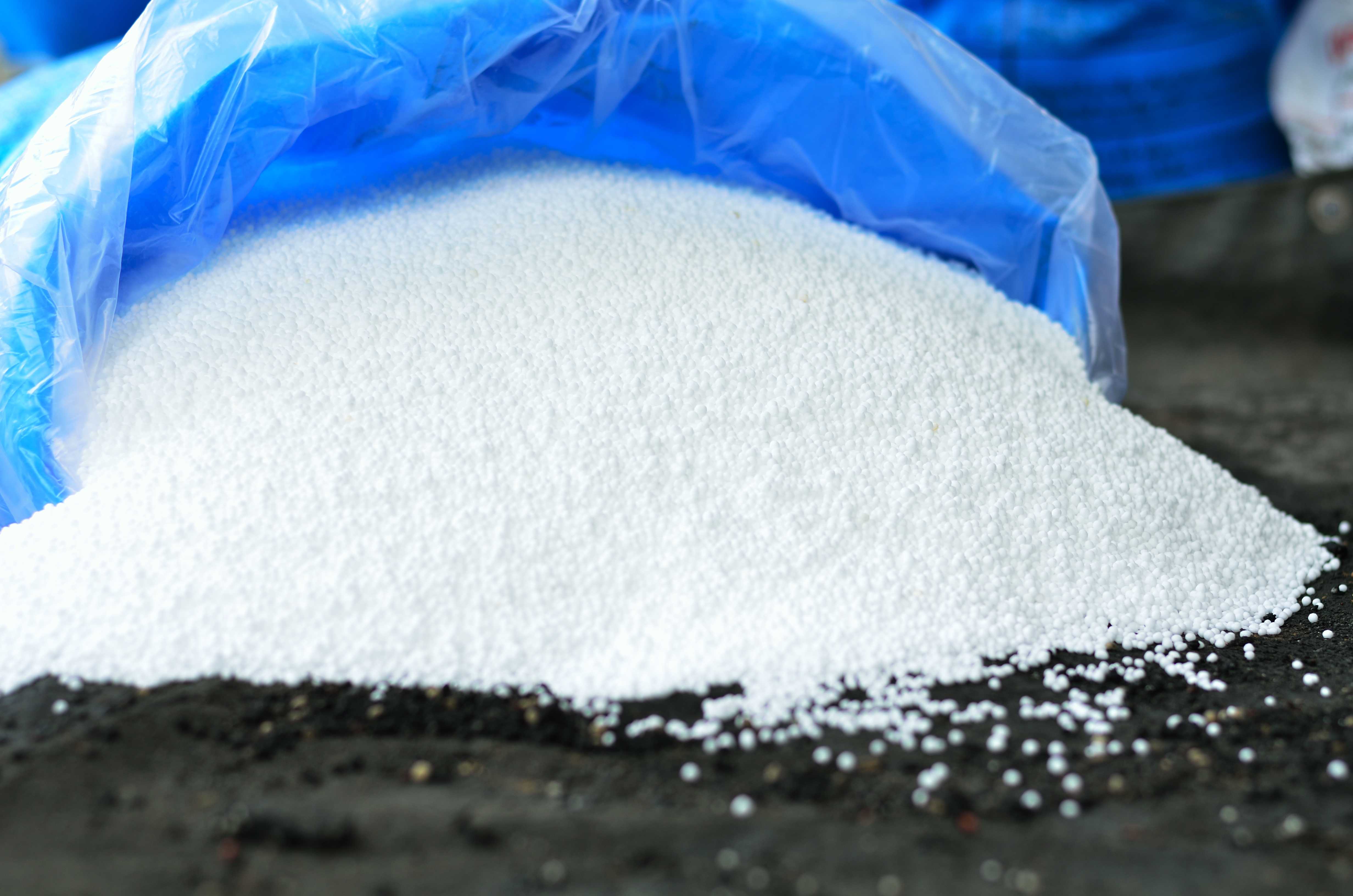How to create an SDS according to ABNT NBR 14725:2023 to market in Brazil
The safe handling of chemical products is essential for protecting workers, consumers, and the environment, and the Safety Data Sheets (SDS) play a very important role in this context.
The latest version of the ABNT NBR 14725:2023 standard is aligned with the Globally Harmonized System of Classification and Labeling of Chemicals (GHS), established by the UN, and introduces relevant updates in the structure, content, and formatting of the document that replaces the FISPQ (Ficha de Informações de Segurança de Produtos Químicos).
Compliance with the current standard is indispensable to ensure clear and effective communication of chemical hazards, as well as to guarantee the fulfillment of applicable legal requirements.
In this article, we present the main points for the correct creation of an SDS according to the requirements of the updated standard.
Understand the purpose of the Safety Data Sheet (SDS)
The Safety Data Sheet (SDS) is a regulated technical document whose main objective is to provide detailed information about substances or chemical mixtures, including their properties, hazards, safety measures, and emergency procedures.
According to ABNT NBR 14725:2023, every substance or mixture classified as hazardous must be accompanied by an SDS structured into 16 mandatory sections, following the standardized and harmonized format with the Globally Harmonized System of Classification and Labeling of Chemicals (GHS).
Although the number of sections has remained unchanged compared to the previous version of the standard, some section titles and content have been updated. The main goal of the change was to achieve greater alignment with the GHS.
Steps to create an SDS in compliance with the Brazilian standard
Creating an SDS requires technical knowledge and attention to detail. Here are the essential steps:
1. Collect technical product information
Gather accurate data on:
Product or mixture name
Chemical composition (CAS number, concentration, classification)
Physico‑chemical properties
Toxicological and ecotoxicological information
Stability and reactivityInformation on transport, storage, and handling
2. Classify the chemical product
Classification must follow the Globally Harmonized System (GHS) and ABNT NBR 14725:2023, including:
Physical hazards
Human health hazards
Environmental hazards
With the update of the standard published by ABNT, new hazard classes were added or modified. Relying on technological tools, such as specialized software supported by a regulatory team, can simplify this process and help ensure your company does not risk sanctions for incorrect documentation.
3. Structure the Safety Data Sheet in 16 Sections
The SDS must contain, mandatorily, the 16 sections described in Annex A of the new standard. Below we explain what each one is:
Identification (of the product and the company)
Product name, recommended uses, company name, address, emergency phone.Hazard identification
Classification of the substance or mixture according to GHS, pictograms, signal word, hazard and precautionary statements.Composition/information on ingredients
Identification of the substance or mixture components and their concentrations, CAS number, and others.First‑aid measures
Actions to be taken in case of contact with the product (inhalation, skin or eye contact, ingestion).Fire‑fighting measures
Suitable extinguishing media, specific hazards of the product in case of fire, protective equipment.Accidental release measures
Personal and environmental precautions and cleanup methods.Handling and storage
Precautions for safe handling, storage conditions, incompatibilities.Exposure controls/personal protection
Occupational or biological exposure limits, recommended PPE (respiratory, hands, eyes, skin).Physical and chemical properties
Physical state (Aspect has been removed), color, odor, boiling point, flash point, pH, solubility, density, particle characteristics (new property included), among others.Stability and reactivity
Reactivity, chemical stability, potential dangerous reactions, conditions to avoid, incompatible materials.Toxicological information
Information on health effects via different exposure routes (acute, chronic, carcinogenic, mutagenic, etc.).Ecological information
Ecotoxicity, persistence and degradability, bioaccumulative potential, soil mobility.Disposal considerations
Recommended methods for disposing of the product and packaging, according to environmental legislation.Transport information
National and international regulations for transporting the product (land, sea, air), UN number, proper shipping name, packing group, hazard class.Regulatory information
Specific legislation applicable to the product (health, safety, and environment).Other information
Preparation and revision information, legends, and abbreviations used.
4. Include Hazard (H) and Precautionary (P) statements
These must be included according to the product’s classification, in line with Brazilian legal criteria. With the update of ABNT NBR, there were significant revisions: new H‑statements were added, some were unified, and others removed, aiming for better alignment with GHS and clearer hazard communication.
5. Verify regulatory information
Regarding regulatory information, Section 15 of the SDS must include:
Reference to Brazilian legislation.
Reference to international legislation.
Status of the ingredient on lists such as: Carcinogenic Agents (LINACH), Products controlled by the Federal Police (drug precursors), etc.
6. Validate the document
Before finalizing the SDS, considering its importance, it is essential to technically review all sections and ensure data are updated and consistent.
7. Maintain record and version control
Finally, be aware that the standard requires document control. Therefore, it is advisable to securely store the SDS for your chemical products, in physical or digital form, with issuance date and version recorded.
8. Extra tips
Use standardized templates based on ABNT NBR 14725:2023.
Update the SDS whenever composition changes, new hazard classification occurs, or legislation updates.
The SDS must be available in Portuguese and provided free of charge to the customer upon first sale or when requested.
Conclusion
Creating an SDS in compliance with the new ABNT NBR 14725:2023 requires technical knowledge, mastery of current regulation, and the use of specialized tools.
Being compliant with NBR 14725:2023 is not only a regulatory requirement, but also a commitment to safety, environmental responsibility, and operational efficiency.
Therefore, it is recommended to adopt a specialized solution with credibility and experience in SDS and the Globally Harmonized System of Classification and Labeling of Chemicals (GHS). Keep your SDS always updated and reliable, protecting your team, your customers, and the environment.
Receive regulatory updates straight to your inbox
Newsletter with updated chemical regulations, regulatory news from the sector, and upcoming webinars — carefully selected for professionals like you.

 + 34 900 802 588
+ 34 900 802 588 Client access
Client access

-1731425414.png)
